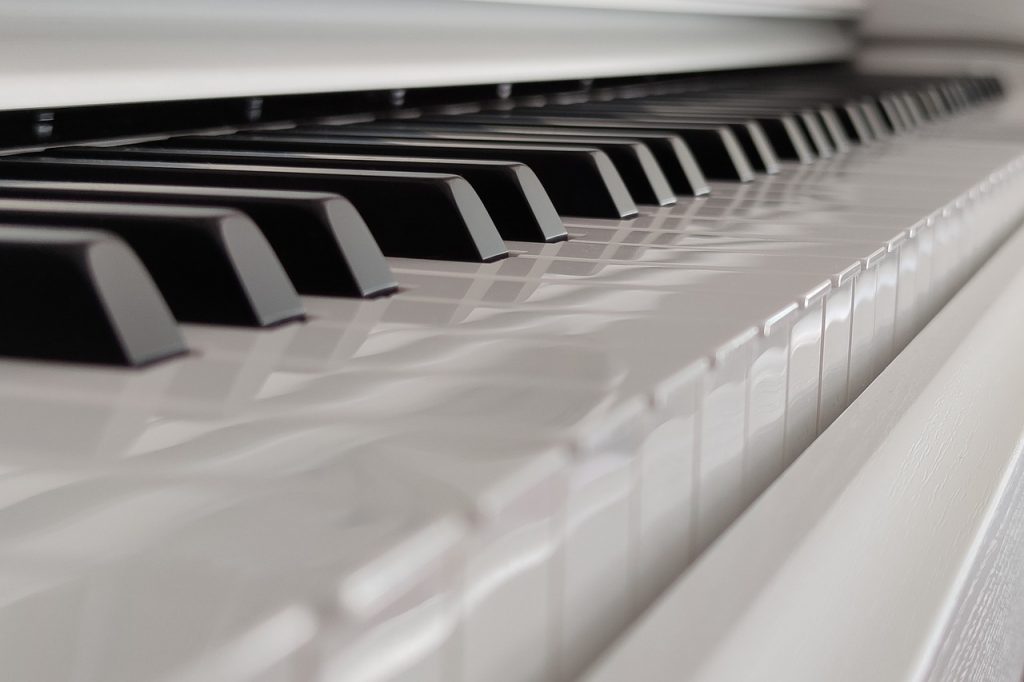What is voice leading?
Have you ever listened to a piece of music where every note seems to glide effortlessly into the next as if they were made for each other? That seamless, natural flow isn’t accidental, it’s a musical concept known as voice leading. Whether you’re working through classical masterpieces or modern pop hits, understanding voice leading will …
What is voice leading? Read More »

















